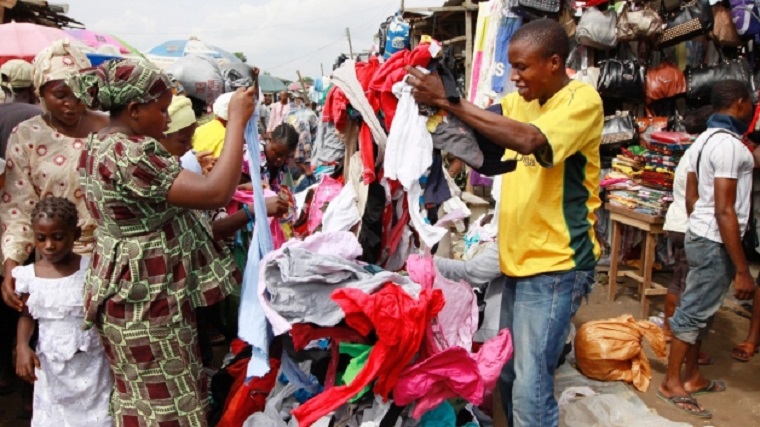Zimbabwe imported clothing and footwear worth $20 million in the first five months of the year, latest data from the Zimbabwe National Statistics Agency (Zimstat) shows, as local industry called for tighter controls on imports.
The imports of clothing and footwear have risen in comparison to the same period last year, when they accounted for $19.3 million.
The imports included handkerchiefs, coats, suits, jackets, trousers, shirts, blouses, pajamas, underpants, gowns, tracksuits, swimwear, footwear, gloves, raincoats, overcoats, dresses, skirts, babies’ garments, ties, scarves, blankets, bed linens, table linens, toilet linens, curtains, hats, safety gears, briefs, among others.
“The impact of imports is huge. It must be substituted by locally manufactured products. Most of the companies are not operating at full capacity but the local industry has capacity to meet the country’s demand,” said Paramount Garments managing director, Jeremy Youmans who is leading the crusade against cheap imports.
The flood of used clothes has compounded the woes of the local textile industry and squeezes the margins of established retailers such as Edgars and Truworths.
Zimbabwe banned the importation of used clothes from September 1, 2015 but industry minister Mike Bimha said in January this year that the ban was unenforceable because the local industry had no capacity to meet demand.
Youmans, however, said local industry has the capacity to manufacture all the items on the imports list.
“The country needs to control imports. The industry is being affected by clothes which pass the borders without paying duty. The clothes become favourable in the market as they would be cheaper than the locally manufactured clothes,” he said.
Industry experts say Zimbabwe has a market for 80 million garments annually but only 20 million of those are locally manufactured. Almost 90 percent of imported new clothes are exempt from duty because of regional trade agreements.
The local footwear industry has not recovered from a collapse at the height of Zimbabwe’s economic crisis that saw hyperinflation reach 500 billion percent.
Bulawayo based shoemaker, G&D Shoes was placed under judicial management in 2010 and remains comatose. Gweru-based Bata remains operational, but its output is about a fifth of its peak production of 10 million units annually.
The country’s trade deficit in the period under review stood at $1.01 billion in the first five months of the year, a slight improvement from $1.12 billion last year.- The Source
(81 VIEWS)
